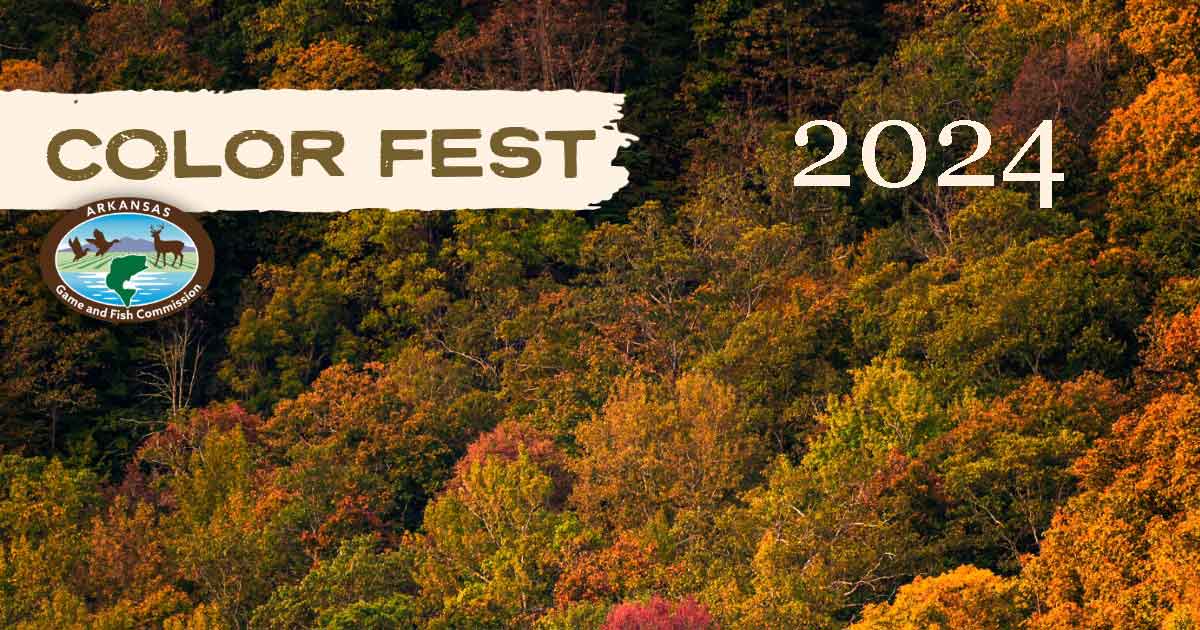Join me this year on October 25 & 26 for the 2024 Ponca Color Fest! Last year the weather was misty rain and the event was cancelled. Cross your fingers for a weekend of cool, autumn weather and blazing colors to attract and enthrall us all.

Here’s some of the original art I’ll have with me, and I’ll have 8 x 10″ prints of many of them, as well:













Where’s Ponca?
If you’re coming from northwest Arkansas, take Hwy 412 to Hwy 21 south towards Kingston. In Kingston, turn left to continue on Hwy 21 south. Turn left at Hwy. 43 and the Ponca Education Center will be on your left as you get into the tiny little town. Look for the booths on the grounds.
If you’re coming from I-40, take the Lamar or Clarksville exit and go north on Highway 21 until you reach Hwy. 43. Turn right onto 43 and you’ll see the booths on the left as you enter the town of Ponca.
Don’t forget to watch out for elk! The herd sometimes crosses the roads, and you might see them in the fields in Boxley and on the way to Ponca from Boxley. Slow down and enjoy this beautiful part of our state.
A Little About My Paint-making Process
Since my paints are handmade and (mostly) locally foraged, I have to make sure I have the colors I need before I begin a project. If it’s a plant pigment, then I’ll need to harvest the plant and process it to make the pigment. The only plant sources I use at this time are thyme, and the root bark of Osage trees. The rest comes from foraged rocks, soot, bone, or purchased lapis and titanium dioxide powder.
Here’s a blog post I made earlier about making oil paints:
So, if it’s a rock, then I’ll break it to smaller pieces, then crush it as finely as I can. The crushed rock is the raw pigment. After that I put the powder into a jar and fill the jar with water. Depending on the source rock, I’ll either pour off the colored water into another jar to let it settle, or pour the rinse water out and keep the sediment for the paint. After the water clarifies and the pigment has settled, then I pour off the clear water and let the sediment dry. That is what I’ll make the paint from.
When it comes to plants, there’s more chemistry involved. I’ll make what is called a ‘lake’ pigment. Here’s a post that gives more information on that process.
I hope you love this earthy palette of color as much as I do! Thanks for reading ~ Madison

